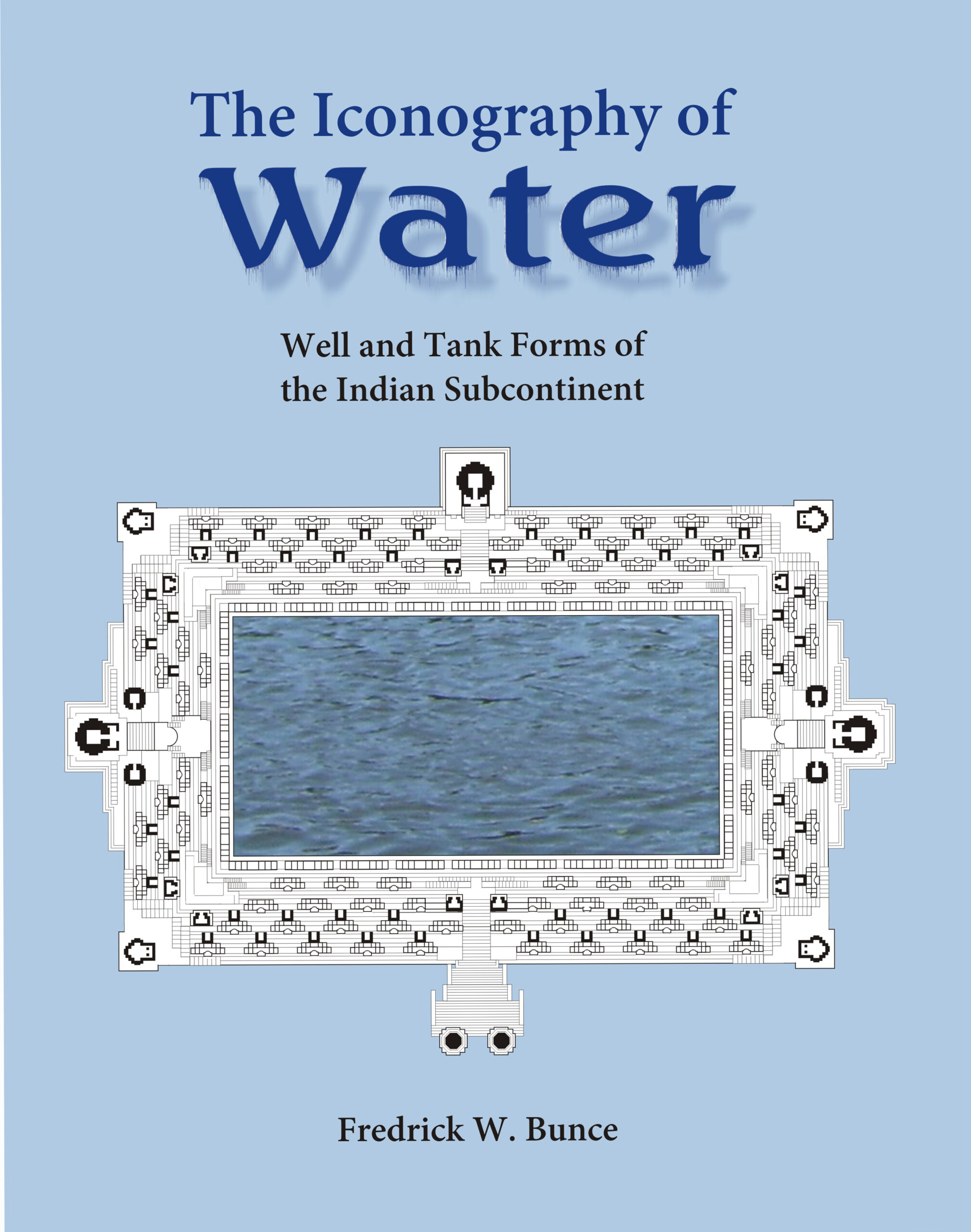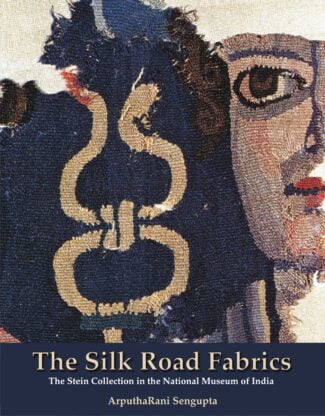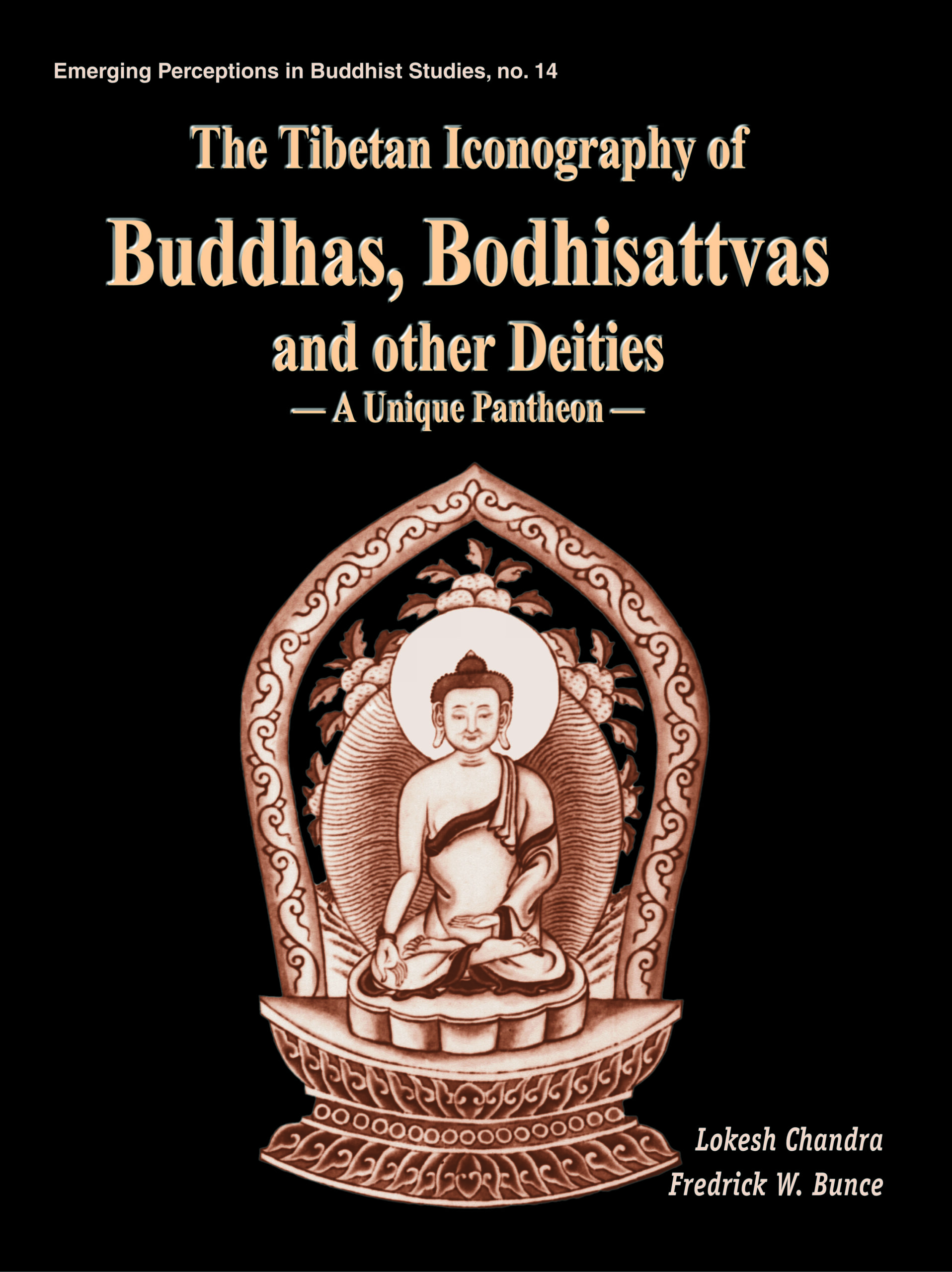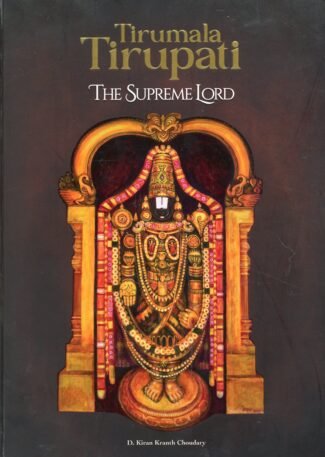Showing 133–144 of 160 results

Baolis, bawadis, keres, kulams, kundas, talaos, tankas, wavs, zings were a neglected lot in the oeuvres of Indian architects and art. This volume, devoted to their study, is heavily loaded with the design of various structures and other vital information. Every detail is assiduously analysed, compared and rechecked to present the dimensions, proportions and relationships of each of these structures.
While numerous Indian monuments are well known in the annals of architectural research and excavation, a category of monuments baoli, bawadi, kere, kulam, kunda, talao, tanka, wav and zing was neglected in the oeuvres of architects and art. A few are familiar with the splendid beauty of the Surya Tank, Modhera; the vertiginous Canda Baoli, Abhaneri; the incomparable Rani-ki Wav, Patan; the magnificent Kalyani Tank, Hulikere; and the beautiful Rudabai-ni Wav, Adalaj. Thousands of such monuments are excellent in architectural beauty and design, apparently based on their primary utility drinking, bathing, religious purification and ornamental (recreation).
Water plays a quintessential role in the life of man. Its harvesting, preservation and careful use are of paramount importance, especially in those regions where rains are scanty. Thus took place the construction of these artificial water bodies. Many of them are within the precincts of temples and mosques, built in a time span of seventh to twentieth century ce.
This volume, devoted to the study of water monuments, is heavily loaded with the design of various structures and other vital information. Every detail in this book is assiduously analysed, compared and rechecked to present the dimensions, proportions and relationships of each of the various elements of the structures. Thus it unravels a number of keys by which others can unlock the mysteries and beauties of these neglected monuments.
It can be a precious collection for architects, historians, researchers and anyone who loves water bodies.

It is a comprehensive study of Indian Buddhist iconography, primarily based on the seven recensions of the SÀdhanamÀlÀ. The text is richly illustrated with images of Buddhist deities from various museums across India and abroad, and from the collections of numerous Nepalese monasteries.
“This volume presents a comprehensive study of Indian Buddhist iconography, primarily based on a Sanskrit text compiled from seven recensions of the SÀdhanamÀlÀ (also known as SÀdhanamuccaya). The text is richly illustrated with images of Buddhist deities from various museums across India and abroad, as well as from the collections of numerous Nepalese monasteries.
The central objective of this work is to identify Buddhist deities through the dhyÀnas (meditative visualizations) described in the SÀdhanamÀlÀ. Where actual images were unavailable, illustrations have been supplemented by sketches or drawings prepared by Nepalese citrakÀras of Buddhist lineage, based on ancient family albums. In cases where neither images nor drawings could be found, only the original Sanskrit text has been provided with its English translation.
The significance of this work lies not only in its status as one of the earliest authentic accounts of Buddhist iconography but also in its enduring value despite evolving scholarly perspectives and the emergence of new materials.
Remaining out of print for long, this volume is now being reissued with appropriate enhancement of the images, using latest publishing technologies, to serve the needs of art historians, archaeologists, conservators, and general readers alike.”

This volume on the burial silks, excavated from the sand dunes of Central Asia, offers a window to the history of a lost civilization revealing how the complex thread of interconnections linking East and West helped to shape new civilizations along the way.
During the Roman Empire when pure silk was valued like gold, burials in Han China and Central Asia were furnished with luxurious fabrics. Application of Western motifs and designs in the newly developed Chinese silk technology led to the emergence of a unique patterned silk.Silk fabrics connecting the Mediterranean with inmost Asia allowed transmission of knowledge across the world of ideas and beliefs. Archaeology in the Age of Discovery unearthed the exceptional Silk Road Fabrics from graves and shrines spanning several centuries and across the vast continental expanse of Central Asia, Egypt, Europe, China, and Japan. To Sir Aurel Stein (18561935) and others the various types of textiles excavated from the sand dunes of Central Asia were worth the risks. The burial silks offer a window to the history of a lost civilization revealing how the complex thread of interconnections linking East and West helped to shape new civilizations along the way.

The Story of Postmodern Philosophy makes an in-depth study of the contention of postmodernists vis-à-vis that of modernists. Postmodernism does not appear after modernism as many think since both are philosophies of modern times. It, therefore, considers the idea of knowledge of postmodernists in the light of modernists’ view.
“The book makes an in-depth study of the contention of postmodernists vis-à-vis that of modernists. Postmodernism does not appear after modernism as many think since both are philosophies of modern times. As a result, it considers the idea of knowledge of postmodernists in the light of modernists’ view.
It makes a thorough study of Foucault’s idea of self as an agent in relation with others against the modernists’ idea of a rational, abstract, and isolated self. Also, the possible reaction of a postmodernist to Habermases’s idea of consensus is analysed in much details.
In so doing, the volume probes into the philosophical stance of Austin, Derrida, Wittgenstein, Marx, Nietzsche, Lyotard, Margolis, McCawley, Merleau-Ponty, Ross, Saussure, Searle, Strawson, Tagore, and Eco, among others. The book thus gives a brief sketch of what postmodern philosophy is.”

The Netra Tantra “Tantra of the (Third) Eye (of Siva)”, also called Mrtyujit (Conqueror of Death), is one of the fundamental scriptures of non-dualist Kashmir Saivism or Trika. It is the only Tantra having the Third Eye of Siva as title and theme, and it contains three important chapters on Yoga, relating to three ways of overcoming death.
This book, besides giving an introduction to the Tantra, contains an interpretation of the three chapters; Chapter 1 deals with the Eye of Siva, Chapter 7 with subtle Yoga, and Chapter 8 with supreme Yoga. The same texts are presented in Devanagari, transliteration and translation, including the eleventh-century commentary of Ksemaraja, illustrious disciple of Abhinavagupta. The Appendix contains illustrations of the theme of trinetra from different sources, mainly connected with Kashmir, as well as a comparative study on “The spiritual eye in the Christian mystical traditions”.
This book is an important contribution to the studies on non-dualist Saivism or Trika, and especially to its Yoga.
The Netra Tantra “Tantra of the (Third) Eye (of Siva)”, also called Mrtyujit (Conqueror of Death), is one of the fundamental scriptures of non-dualist Kashmir Saivism or Trika. It is the only Tantra having the Third Eye of Siva as title and theme, and it contains three important chapters on Yoga, relating to three ways of overcoming death.
This book, besides giving an introduction to the Tantra, contains an interpretation of the three chapters; Chapter 1 deals with the Eye of Siva, Chapter 7 with subtle Yoga, and Chapter 8 with supreme Yoga. The same texts are presented in Devanagari, transliteration and translation, including the eleventh-century commentary of Ksemaraja, illustrious disciple of Abhinavagupta. The Appendix contains illustrations of the theme of trinetra from different sources, mainly connected with Kashmir, as well as a comparative study on “The spiritual eye in the Christian mystical traditions”.
This book is an important contribution to the studies on non-dualist Saivism or Trika, and especially to its Yoga.

The book studies the 360 icons of the Chu Fo Pu-sa Sheng Hsiang Tsan pantheon referring to a rare set of woodcuts distinct among Buddhist pantheons. It analyses the unique features of this pantheon, pointing out the significance of each figure in the mythological/theological framework and minutely describing the iconography of the images.
Beginning with a few aniconic symbols, like footprints, the Bo tree or stupas, in the pre-christian Indian art, Buddhism, over the centuries, came to evolve a be-wildering array of deities in ever-increasing number of pantheons. Interestingly, in Buddhism today, there are perhaps as many pantheons as there are countries, or internal regions or sects within them. Chou Fo Pu-sa sheng Hsiang Tsan, in focus here, is one of these many Buddhist pantheons and acknowledgedly the culmination of Lamaist art. Authored by Rol. pahi.rdo.rje, alias Lalitavajra, (1717-1786): an imperial preceptor of Emperor Chien-lung (1736-1795), it is a rare set of 360 wood-cuts/xylographs, representing varying forms and manifestations of the Buddhas, Bodhisattvas, tantric and tutelary deities, arhats, sages, teachers, dharmapalas and protective divinities. It is also accompanied by 360 `eulogies’ in Chinese. Two internationally distinguished scholars here team up to present afresh the Chou Fo pu-sa Sheng Hsiang Tsan, aptly called a unique pantheon. Drawing together all the 360 wood-cut images in their vividly enlarged/enhanced versions without compromising their aesthetic integrity, the book not only captures their subtle iconic devices, but spells out as well, in meticulous detail, all their iconic attributes, like body postures, faces, arms/hands, mudras, asanas, vahanas, companions, and whether clam or wrathful. The book also incorporates the names of each deity/deity-form in Sanskrit, Manchu, Mongolian, Tibetan, and Chinese. Unveiling, for the first time, the images of a veritably unique pantheon, in their enlarged format, and their accompanying Chinese eulogies, the book is bound to fascinate anyone concerned with Buddhist art and iconography.

“Tirumala Tirupati” is a captivating coffee table book with over 200 visuals exploring Lord Venkatesa’s divine identity, temple history, architectural insights, and legends of Tirumala. A treasure trove for devotees, it beautifully unveils traditions, rituals, and spiritual significance.
The Supreme Lord is a unique coffee table book with over 200 photographs, graphics, paintings, and architectural ideas. For the first time, it confronts Lord Venkatesa’s idol identification and offers viable answers. This emphasises the necessity of calling the Sri Venkatesvara temple Svayamvyaktakshetram and the Lord inside Yajna Vishnu. Dasavataras of Vishnu, how the Lord reached Seshachala hill, Kaliyuga Pratyaksha daivam, legends, and Srinivasa kalyanam with Padmavati are discussed. The Seven Hills were important in Seshachala when there were several hill ranges, and their significance is linked to the Mahavedi. Exclusive temple history, inscriptions, and architectural representations and their significance are offered. The Supreme Lord’s physiognomy and why He looks so peaceful are described. For devotees, the hundi (koppera) and its shape, the sacrificial vedi, the reasons for the vast collection of quantities, and the construction of garbhagriha according to Mahavedi’s measurements are described. Adi Varaha, Goddess Padmavati, Bhaktas, and rulers are highlighted for their contributions to the temple’s growth in all sectors. Pictures of Tirumala festivals, prasadams, thirthas, and locations around Tirupati are lovely and alive. This volume would be a wonderful treasure trove for all Sri Venkatesvara followers.
| There are no products |